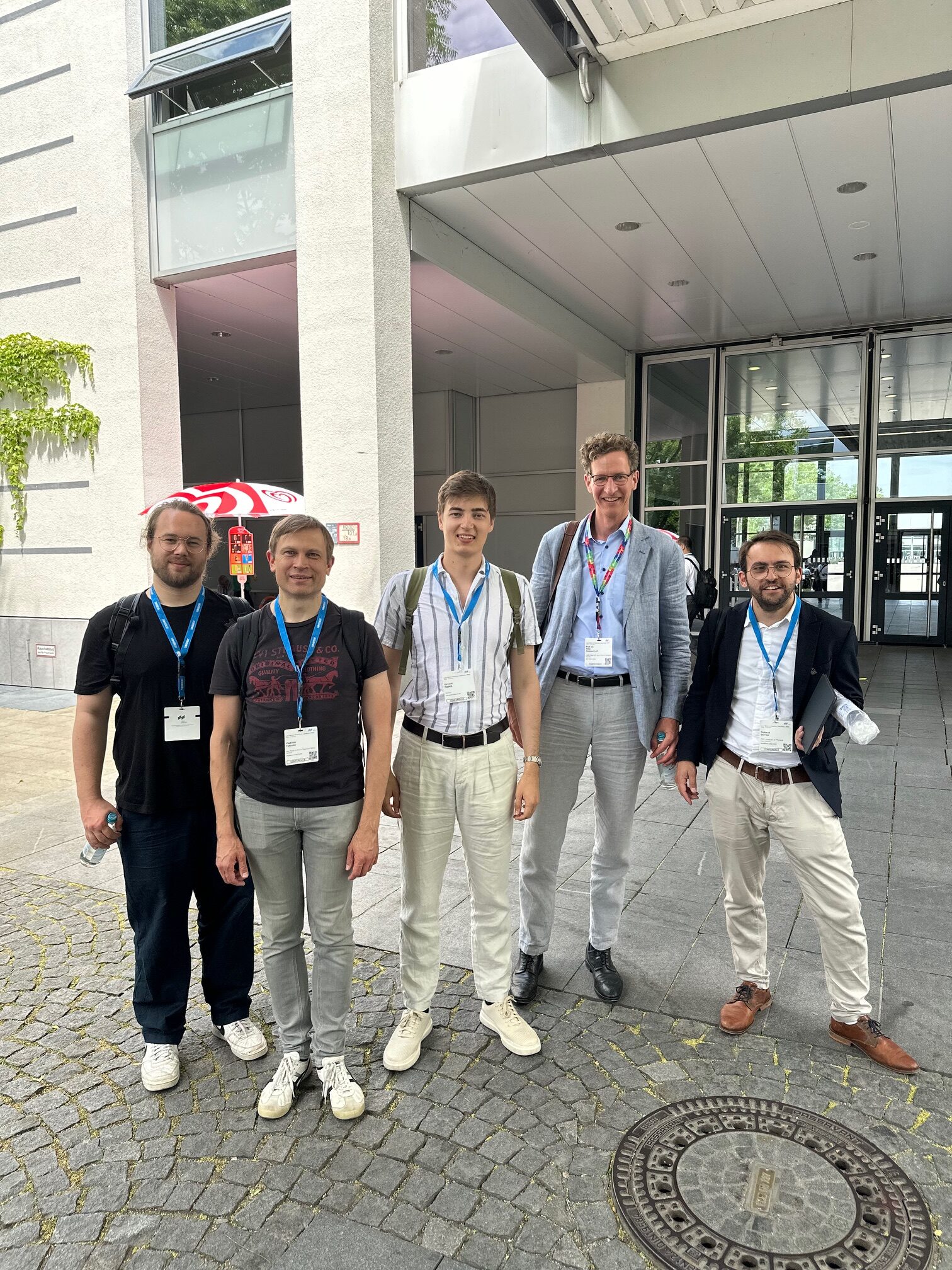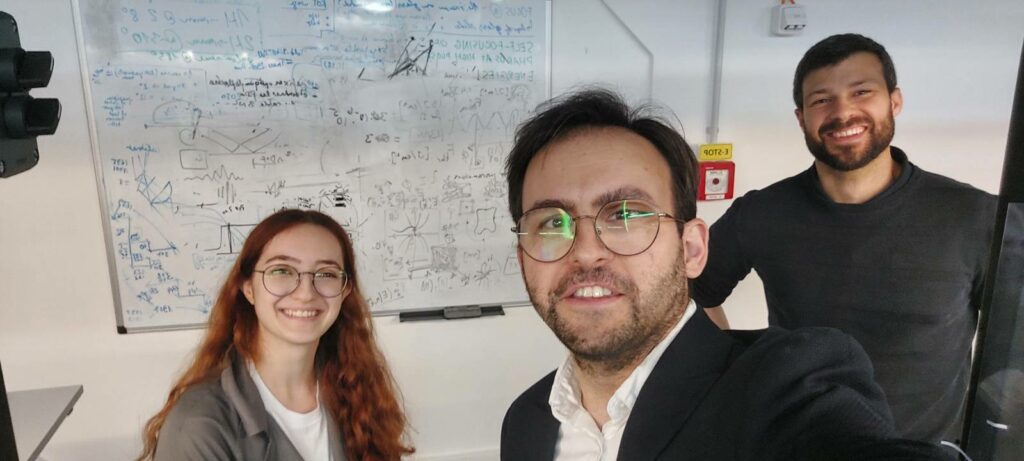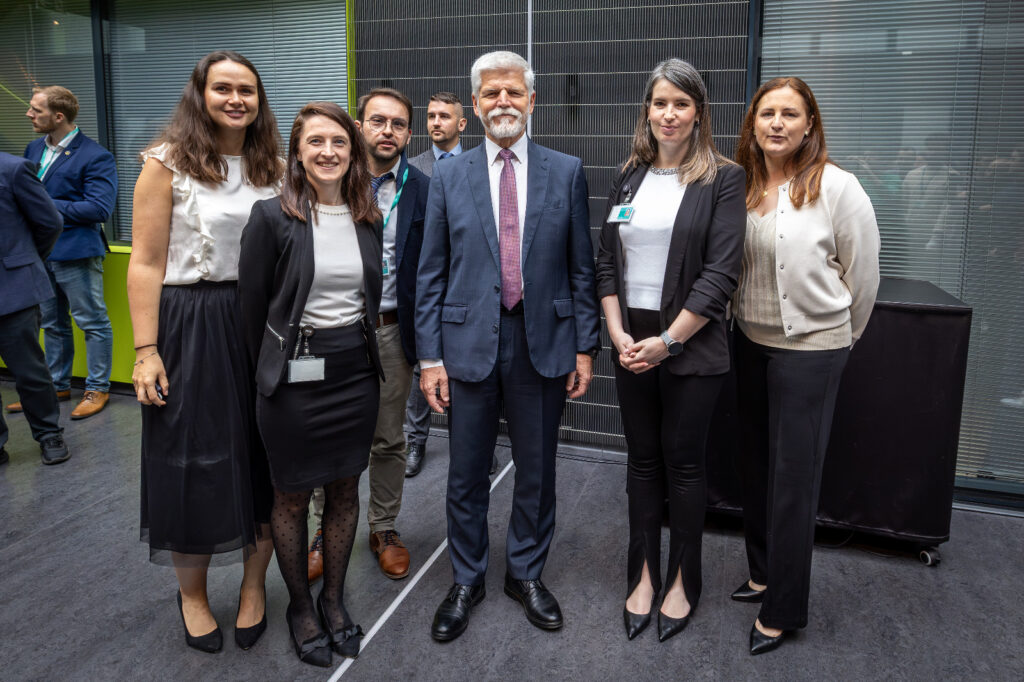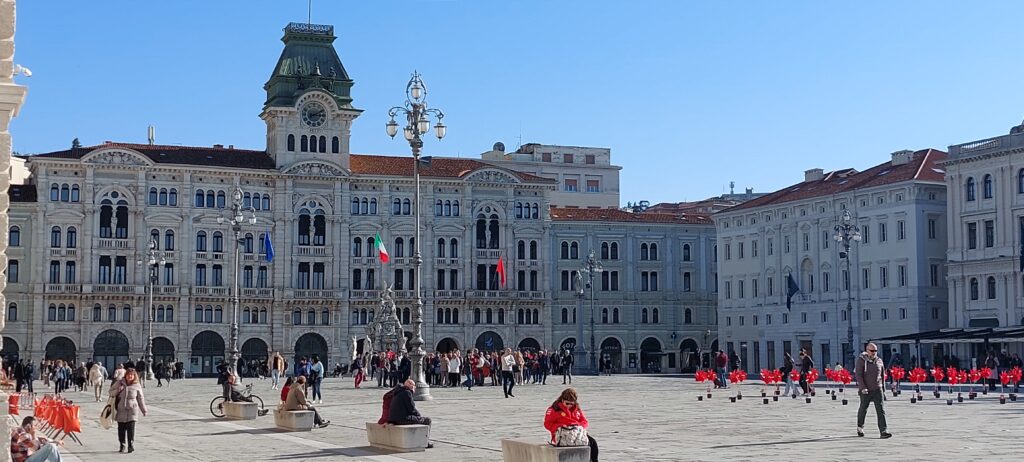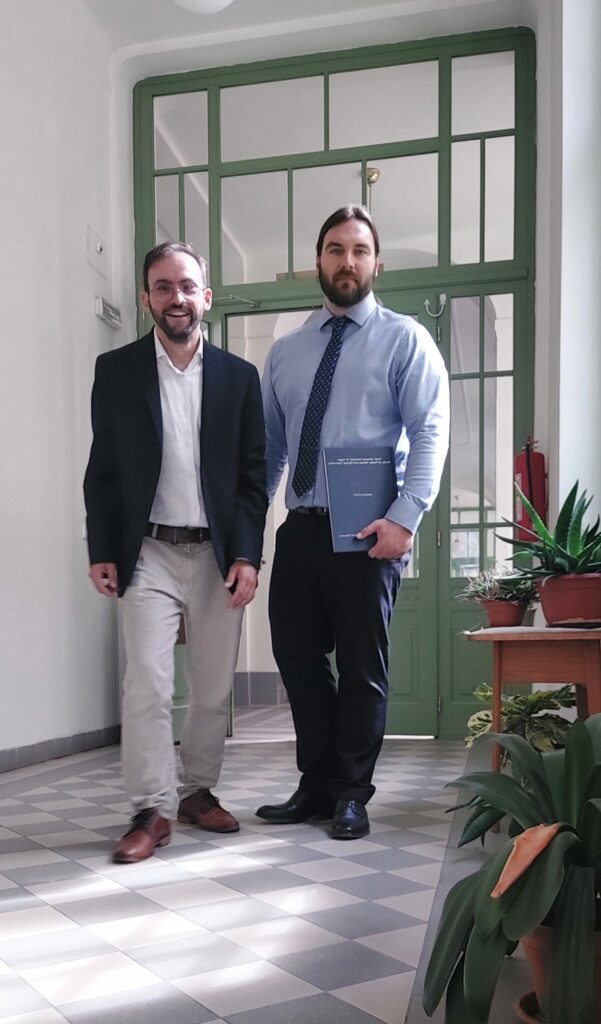
On September 5th 2025, Ing. Krystof Hlinomaz became Ing. Krystof Hlinomaz, Ph. D. with 7/7 votes from the jury. He then obtained PhD from the Faculty of Nuclear Sciences and Physical Engineering, Czech Technical University of Prague.
He was my 1st official PhD student. I was his supervisor specialist. Congratulations, Krystof!
He currently has double affiliation:
– FZU Department of Scientific Laser Applications,
– Institute of Plasma Physics, TOPTEC.
Looking forward to next adventures.
A new position for a PhD student is open.
